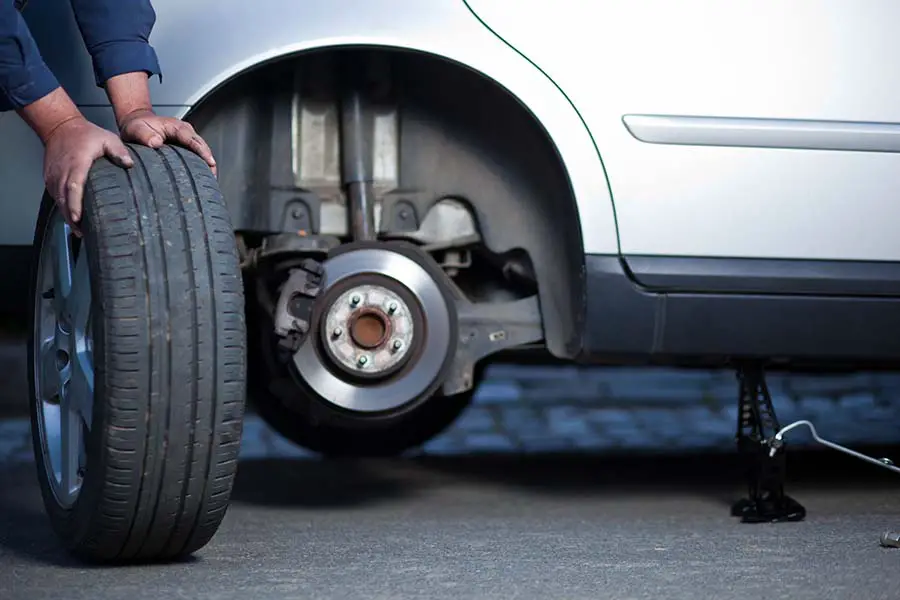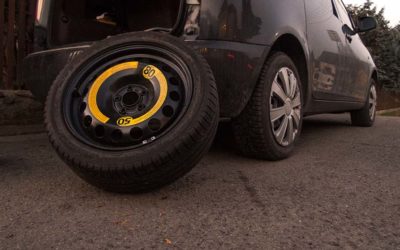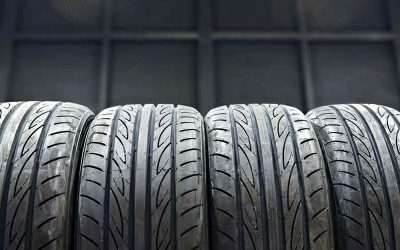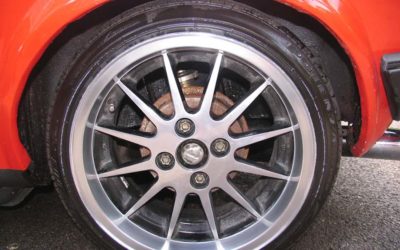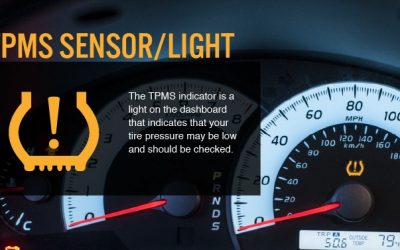Two pairs of tires never wear down at the same time. Instead, the front ones suffering from braking and steering always deteriorate faster than the rear ones.
We are going to reveal the truth through our post below. Please sit down and take a look at our post.
Do You Have To Replace All Tires On AWD?
We highly recommend you should, although it is not compulsory to do. We will explain each part in turn for further information.
The uniformity of tires plays an important role in deciding the performance of your four-wheel-drive vehicles and your safety as well. Of course, we all know that most everyone wants to replace only the worn tire for some reasons, like cost savings or the untrustworthiness of a mechanic trying to sell as many tires as possible.
However, when one tire has fully worn down and needs replacement, it does not mean the others still have the same initial tread life as the original. These tires must have a certain worn-out level that they might no longer be safe.
If you only renew one tire and unintentionally cause uneven wheel alignment, you can come up with an expensive repairs bill one day.
Besides, your AWD vehicle features differentials and a transfer case for power distribution to move. Power is from side to side and from front to rear, so a tire with different treads on the driven axle can create an imbalance rotation.
But can you replace one tire on AWD? Yes, for sure. All the above situations are suppositions. That’s not really what happened.
The best solution here is to consult the owner’s manual first to see the percentage of your AWD tires worn. Normally, a new tire has 10/32-inch of tread, and 2/32 is the last threshold to switch to a new one.
You can drive your car to the tire shop and measure the tread depth. Then, check whether all your tires have been more than half worn or not. If not yet, it is possible only to invest in the fully worn-out one, or else consult the tire manufacturer or mechanic’s recommendation.
Always choose the same type, size, diameter, and brand to get the most compatibility to keep your vehicle’s best performance and for safety reasons. Moreover, make sure that there is minimal tread depth difference between left, right, front, and rear tires. These things are among the all-wheel drive tire replacement rules.
What Factors Cause Damage To Your Tires?
There are several culprits leading to damage on your tires, but the most typical one is a mismatched tire. Incompatible tires mean that a new tire has a difference in diameter, which can be larger than the old one and affect your car’s performance as a result.
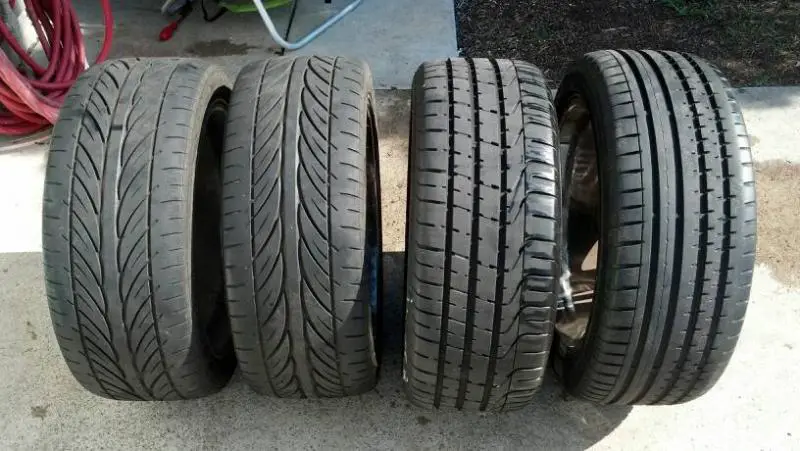
To be more specific, a bigger tire having more tread depth will move in a single revolution with more distance than a smaller one with less tread depth. Therefore, a smaller tire has to spin faster to keep up with the pace and distance of the others.
AWD systems nowadays come with sensors placed at each wheel to control traction and wheel speed per second. They can adapt quickly to any slick, slippery, or wet conditions and send power to the most traction wheel in order to keep the car moving smoothly.
That’s why a mistaken power transfer can happen in this case as the electronics “believe” that one tire is slipping in case of a mismatched tire. Needless to say, this tire will wear down quickly in a short time due to its excessive capacity.
You can replace just one tire on a 4WD, but we are unsure about the uniformity of the new tire and the others.
In Conclusion
Although this question is of much debate, we have summarized all the necessary information to help you make an informed decision. It is up to you to change one worn tire or all the tires.
The key here is to refer to the manual of the vehicle manufacturer or mechanic, who measures carefully to see if it is really vital to renew four tires at once. And do not forget to guarantee all the criteria for tire replacement.

